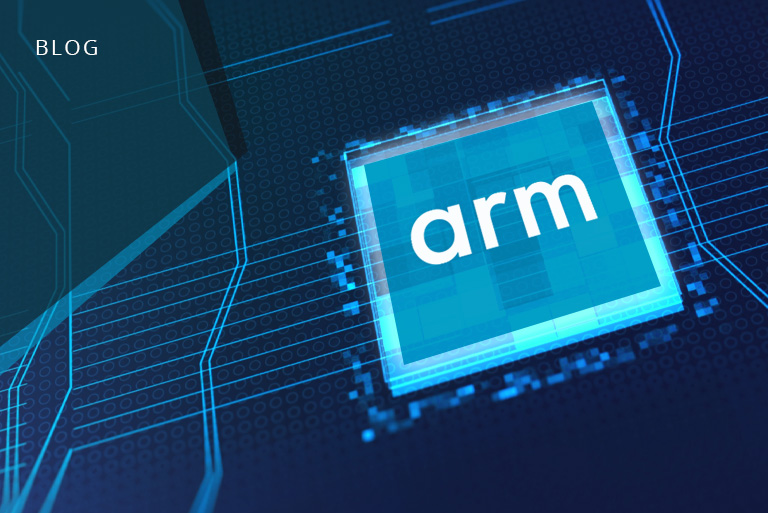
The server landscape has long been dominated by x86 architecture due to its ecosystem of partners, but there is a new server architecture coming into play recently, offering an alternative.
With dominance in the mobile landscape, ARM processors have slowly been making headway in the server market. Packing an impressive 128 cores in a single-socket or 256 cores in a dual-socket platform, the Ampere(R) Altra(R)’s ARM server processors, for example, provide new levels of power efficiency and scalability.
If you are looking to make the switch to ARM, we explore the pros and cons of switching to ARM server architecture.
What is ARM?
ARM stands for Advanced RISC (Reduced Instruction Set Computer) Machine that utilizes a simpler way to save data to memory. Given the ARM processor’s smaller die size and low power consumption, it is one of the most popular processors used in many consumer electronic devices such as wearables, sensors, and smartphones. And when an ARM processor is being used in a server, it can deliver the performance with less energy and cooling.
The Pros of ARM Server Architecture
Power Efficiency
As previously mentioned, Ampere’s optimized design in packing multi-cores on a single die enables ARM servers to operate as a highly energy-efficient system. In addition to the Ampere Atra processor’s advanced power management capabilities and, depending on your applications, data centers now have the possibility to ramp up more cores per rack.
Performance
As seen in the news, the Fugaku Supercomputers, powered by ARM technology, has been at the number 1 spot on the Top500 list two years in a row. There is no denying that the performance of the ARM technology can deliver high scalability and better performance-per-watt for data center deployments.
Size and Cost
With the RISC architecture that the ARM processor is based on, it allows for fewer transistors as compared to an x86 processor and therefore is more efficient, thus improves total power consumption and heat dissipation which all translates to better cost.
The Cons of ARM Server Architecture
Ecosystem
ARM server architecture for the server landscape is still relatively new as compared to x86, and understandably as far as components or software integrations are concerned, x86 architecture has more options.
Capability
Depending on the skills and efforts of the developers, the performance of the ARM server architecture could be affected when compared to programs written for x86 server architecture.
Conclusion
As advances in ARM technology continue to occur, we will see continued adoption of the ARM server architecture given its versatile abilities and has been proven as an energy-efficient alternative.If it sounds like ARM servers are right for your organization, talk to our Solution Experts to find the right solution.